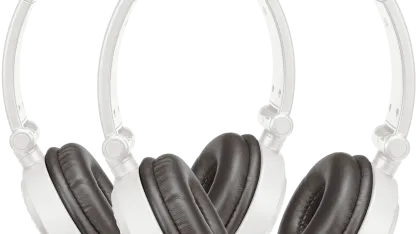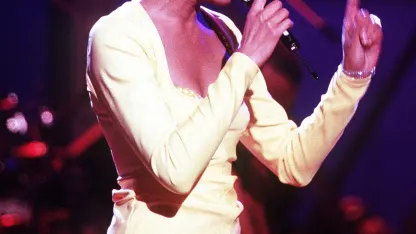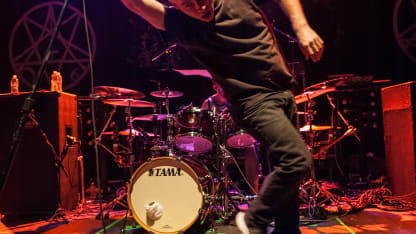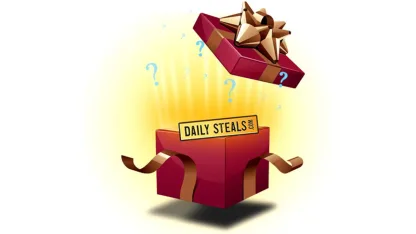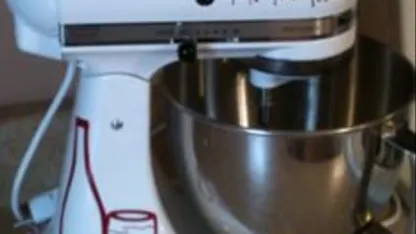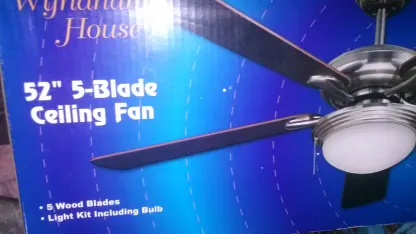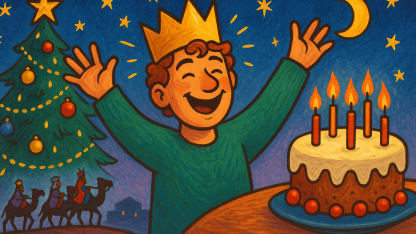2-for-Tuesday: 808 Audio Drift On-Ear Headphones
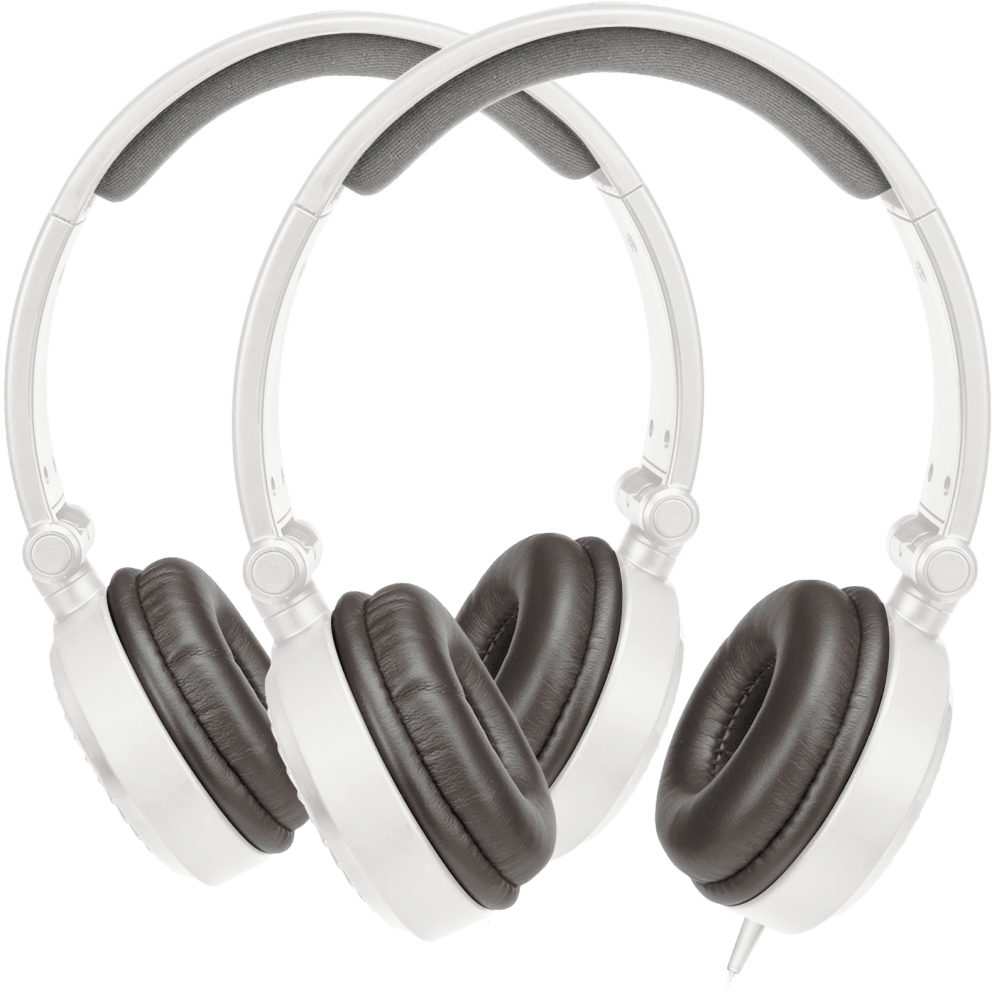
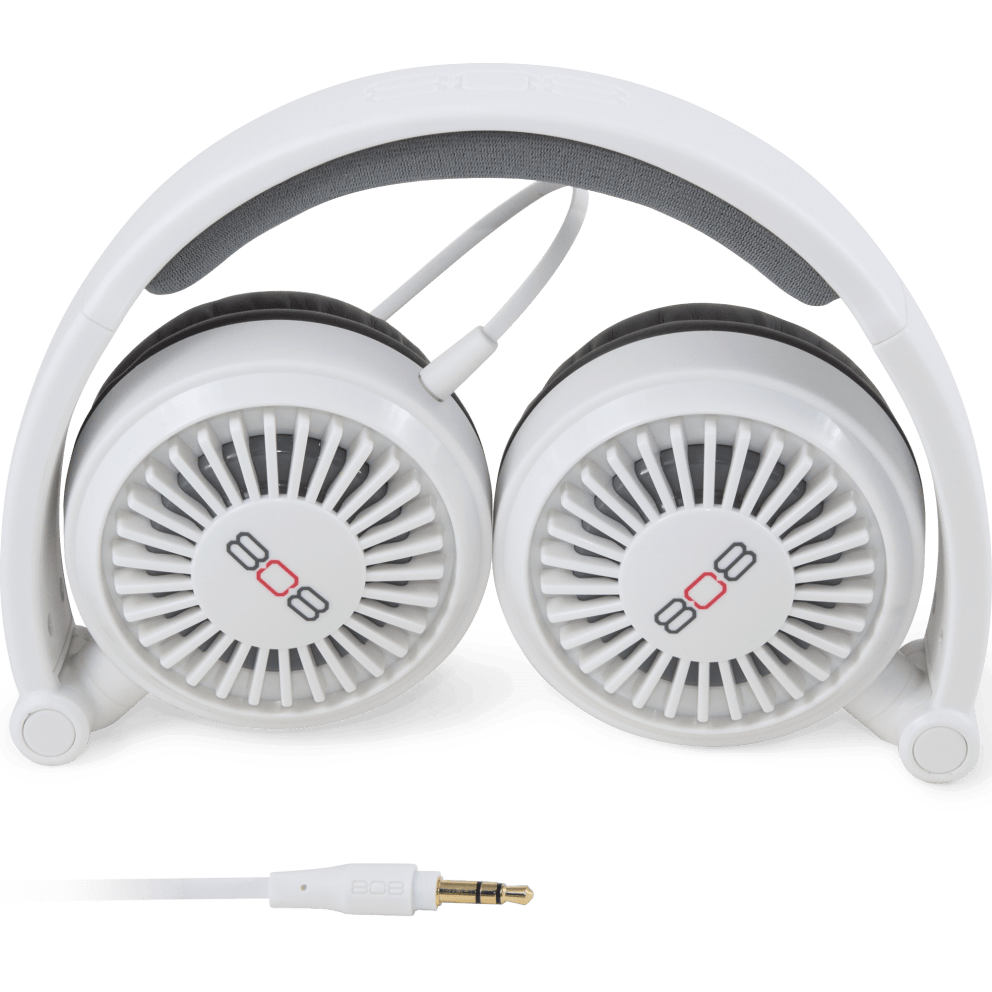



Our Take
- No, these have nothing to do with the Roland 808 drum machine- No these don’t “Drift” in any way- They sit on your ear and deliver sound, and thus, keep other sounds away, to a certain degree- They do fold up, which is kinda nice- Model: HPA86
Music Meh-day: the Gated-Reverb Boom & Bust
These 808 Audio Drift headphones, like all headphones, are boring. So last time we sold them, we explored the snap-crackle pop history of the Roland 808 drum machine, the crisp rhythmic foundation on which a thousand ‘80s grooves were built. (And from which this audio company apparently swiped its name.) Really, you should go read and listen to that post.We can’t do that again. And we can’t face building some story around these headphones’ foldable design and noise-isolating on-ear cups. So instead, let’s listen to the anti-808: gated-reverb drums. That’s the big booming DOOZZHHHHH drum sound that defines '80s rock the way the 808 defines ‘80s pop. Where the 808 dances, gated reverb waves a lighter.The effect is achieved by putting heavy reverb on the drums, but setting a noise gate to give the sound a definite ending, rather than ringing on and fading out the way reverb usually does. Hence “gated reverb”. Although it’s usually applied to a traditional drum kit played by a person, it’s every bit as artificial a sound as the 808’s “fake drums”. The first time most listeners would have heard it would have been in 1981, on Phil Collins’ “In the Air Tonight”:https://d2b8wt72ktn9a2.cloudfront.net/mediocre/video/upload/v1736645686/159ea4619e786d7e2f74f831253995f1.mp4It was new, it was distinctively '80s, it sounded huge on FM radio and Walkman headphones. Within a few years, it was everywhere. By 1984, no less rootsy a workingman than Bruce Springsteen was gating the drum reverb on “Born in the U.S.A.”:https://d2b8wt72ktn9a2.cloudfront.net/mediocre/video/upload/v1736645694/5420fd3fe30cb23e2655da42942755f4.mp4Meanwhile, the decidedly non-rootsy Duran Duran used gated-reverb drum tattoos to give a pseudo-tribal flavor to the metronomic syndrums of 1984’s “Wild Boys”:https://d2b8wt72ktn9a2.cloudfront.net/mediocre/video/upload/v1736645702/5f026e22761a53b75437b3105322c2b0.mp4As rock got lusher around mid-decade, gated reverb fit right in with the sweeping synths, echoey guitars, howling vocals, and swelling emotions of “Don’t You (Forget About Me)”, the perfect soundtrack to the ultimate '80s hormonal opera, The Breakfast Club:https://d2b8wt72ktn9a2.cloudfront.net/mediocre/video/upload/v1736645722/04fe8ce0b9796c6847825ae71695efbf.mp4And as rock and dance blurred together, Robert Palmer and Duran Duran found what they were looking for in gated reverb, for their obnoxious 1985 Power Station collaboration, “Some Like It Hot”:https://d2b8wt72ktn9a2.cloudfront.net/mediocre/video/upload/v1735929087/no_longer_available_qknaul.mp4Yuck. But not all gated-reverb drums are quite that hard to listen to today. Peter Gabriel was one of the first to use the sound on his early solo albums, sometimes played by erstwhile Genesis bandmate Phil Collins. Hmmm… Gabriel helped another partner turn gated-reverb drums into a career: producer Daniel Lanois, who pumped up the rhythms of Gabriel’s 1986 smash “Sledgehammer”:https://d2b8wt72ktn9a2.cloudfront.net/mediocre/video/upload/v1736645755/a6bf246aba502f7e64b46c504ac2b102.mp4Along with Brian Eno, Lanois incorporated gated-reverb drums reasonably intelligently into U2’s trademark spacious sound and sold an ass-ton of copies of The Joshua Tree in 1987. Check it out on"I Still Haven’t Found What I’m Looking For":https://d2b8wt72ktn9a2.cloudfront.net/mediocre/video/upload/v1736645767/4e1abad575364a21930293d24348c4bf.mp4By 1989, big beefy gated-reverb drums had muscled pretty much every other drum sound off of FM rock radio. Bon Jovi, in particular, never left home without them, like here on “Bad Medicine”:https://d2b8wt72ktn9a2.cloudfront.net/mediocre/video/upload/v1736645951/8d4ee0ffac016fa2de24d7e2c3b56a56.mp4And that’s pretty much where it died. Gated-reverb drums were swept aside like so much acid-washed denim by the grunge/indie/whatever wave of the early '90s. The sound has fallen from industry standard to novelty, one of a zillion sonic fripperies producers can use to liven up a track, or make a musical '80s joke. Personally, I think of gated-reverb drums as a sure marker of the point where an innovative new wave act jumped the shark into bloated dinosaur rock.But if you really want to revel in this most '80s of all drum sounds, get yourself some decent headphones. Hey, look! There are some right over there!

